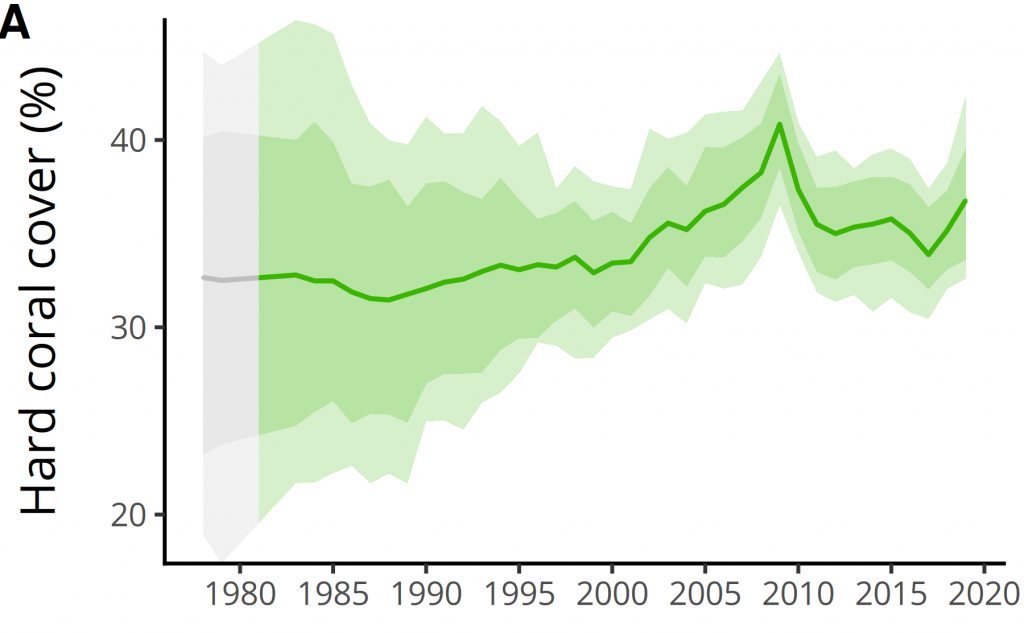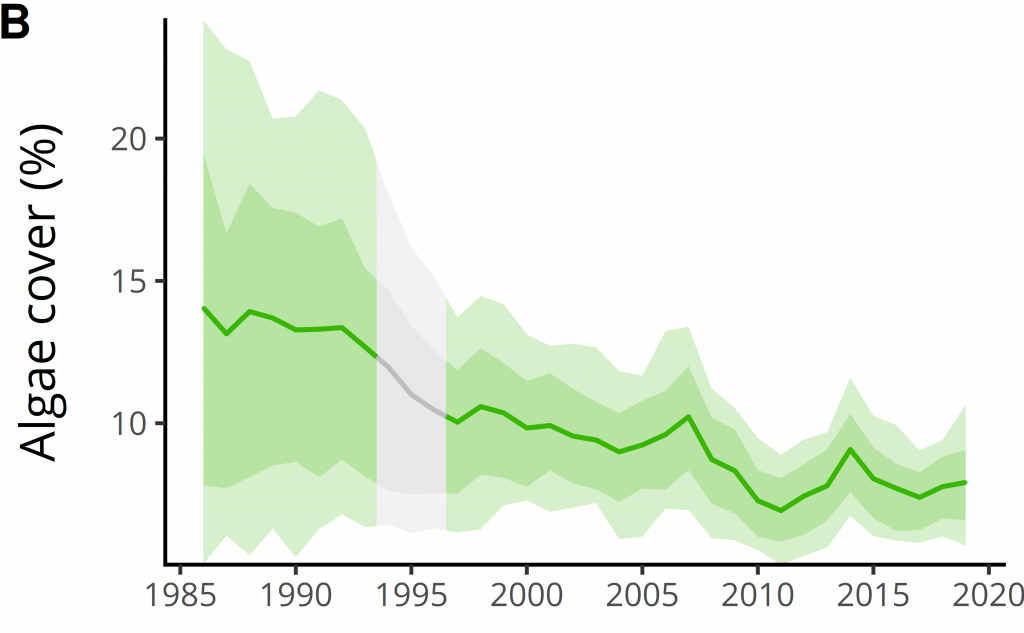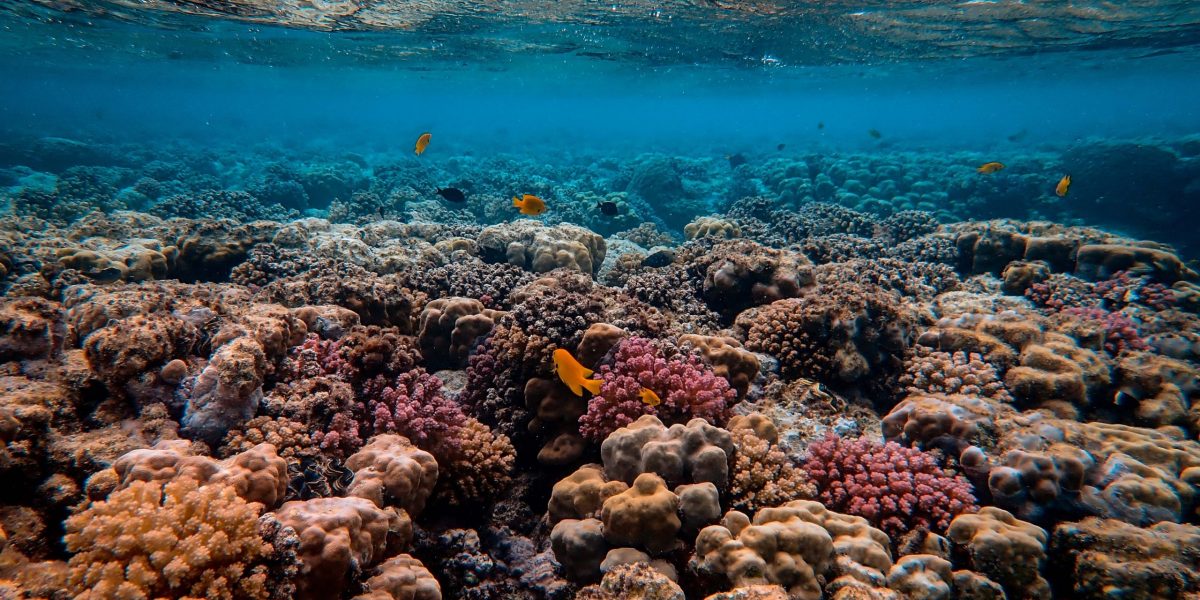China, Hong Kong, Taiwan, Japan, South Korea, Brunei Darussalam, Cambodia, Indonesia, Malaysia, Myanmar, Philippines, Singapore, Thailand and Vietnam.
Tadashi KIMURA
GCRMN East Asia regional coordinator
BXQ02107@nifty.ne.jp
Karenne Tun
GCRMN East Asia regional coordinator
karennetun@gmail.com
The region supports the largest area of coral reefs of all the GCRMN regions, accounting for over 30% (78,272 km2) of the world’s total. The region is also home to two of the world’s largest archipelagic states—Indonesia with more than 17,000 islands and the Philippines with over 7,000 islands.
Overlapping with the Coral Triangle, an area recognized as the global epicentre of marine biodiversity, the EAS region boasts the world’s greatest diversity of reef-building corals with nearly 600 species, six of the world’s seven marine turtle species and more than 2,000 reef fish species. It also includes some of the most important spawning grounds for commercially important tuna species, supporting the largest tuna fisheries in the world.
The GCRMN East Asia region is operated by two regional coordinators (one is from the former Southeast Asia node, and another is from the former Northeast Asia node of GCRMN) and national focal points of 14 member countries and states with financial support from the Ministry of the Environment, Japan. The focal points of 14 countries and states also formulate a steering committee of Asia Pacific Coral Reef Society (APCoRS), which is a voluntary group formed to organize the Asia Pacific Coral Reef Symposium (APCRS), an international symposium on coral reef studies, every 4 years, and since 2006.
(i) Marine Ecoregions of the World (MEOW) is a biogeographic classification of the world’s coasts and shelves (Spalding et al., 2007).


Annual meetings are held as regional workshops and a regional status report is published every 4 years in conjunction with the APCRS. Besides these regular activities, thematic projects have been conducted in the region, such as the regional data analysis of coral monitoring from 1983 to 2019. The result of this project has been published as a regional report in 2022 entitled “Status and Trends of East Asian Coral Reefs 1983-2019”.

The 5th APCRS will be organized from June 19 to 23 2023 at the National University of Singapore. The latest information will be posted on the website of the APCRS 2023.